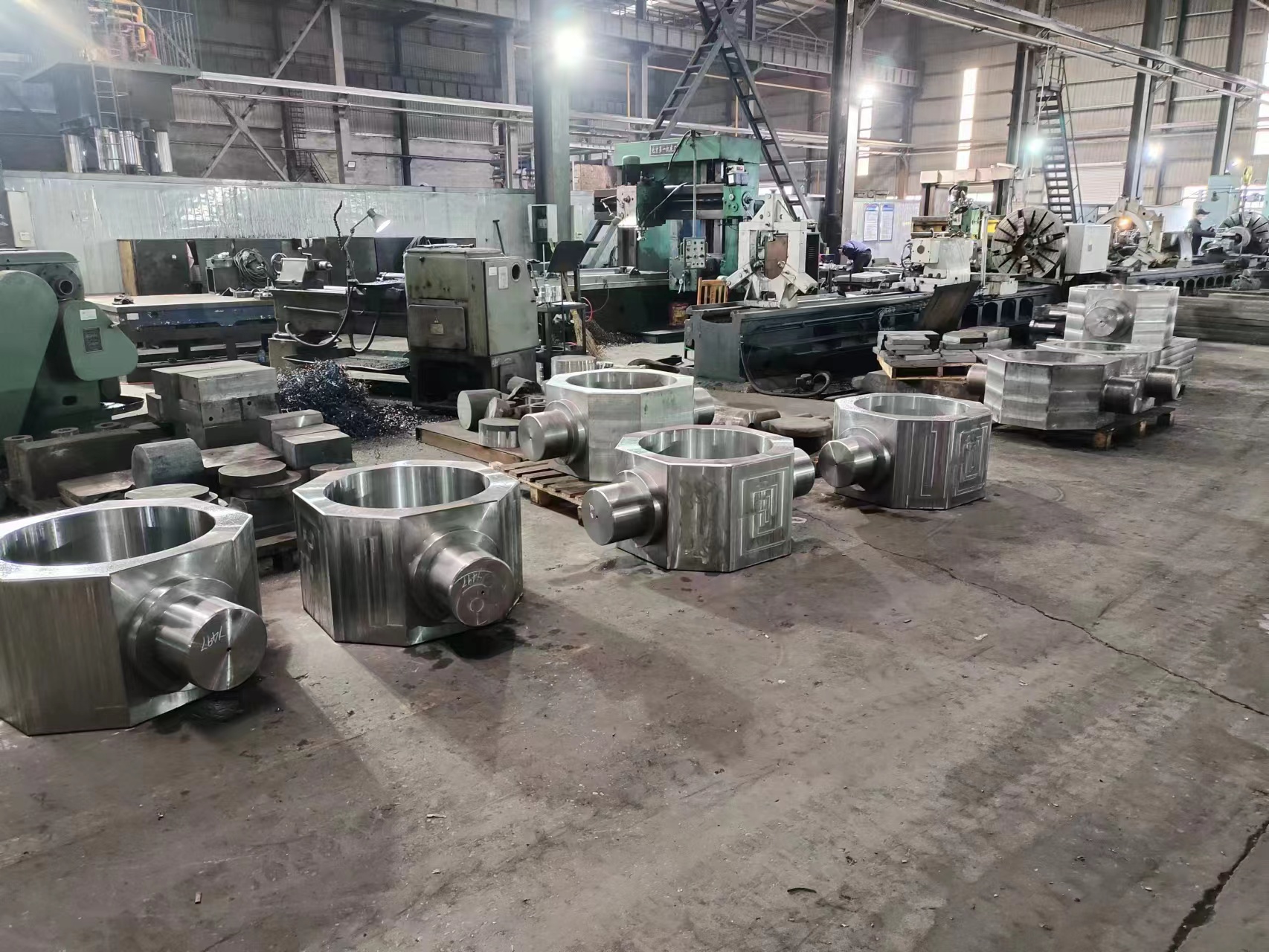Is the heat treatment process of large forgings complicated?
2023-12-12
Is the heat treatment process of large forgings complicated?
There are many things to pay attention to in the heat treatment of large forgings, but not every item should be strictly paid attention to.
Usually, the heat treatment of large forgings is combined with the cooling of forgings, due to the large section size of large forgings and the complex production process. In the process of heat treatment, some forgings are prone to white spot defects due to uneven structure and properties. Therefore, in addition to eliminating stress and reducing hardness, the main purpose of heat treatment of large forgings is first to prevent white spots in forgings, improve the uniformity of chemical composition of forgings, and adjust and refine the organization of forgings.
White spots in large forgings White spots are an extremely fine brittle crack inside the forgings, round or oval silver-white spots, with diameters ranging from a few millimeters to tens of millimeters. According to the microstructure observation, no trace of plastic deformation was found in the vicinity of the white spot, so the white spot is a brittle fracture.
The presence of white spots in forgings not only leads to a sharp decline in mechanical properties, but also causes a high stress concentration due to white spots, which will crack parts during heat treatment and quenching, or cause sudden breakage during the use of parts, resulting in machine failure accidents.
Therefore, white spots are a defect of forgings, and the technical conditions of large forgings clearly stipulate that once white spots are found, they must be scrapped. There are many theories about the formation of white spots, and the current consensus is that white spots are the result of the joint action of hydrogen in steel and internal stress (mainly organizational stress). Without a certain amount of hydrogen and a large internal stress, white spots cannot be formed.
In the forging after cooling, with the temperature reduction due to austenitic transformation, in addition to the internal stress (mainly organizational stress) will be produced in the forging, while the solubility of hydrogen in the steel decreases, at this time, the internal stress makes the dislocation converge at the subgrain boundary and form a submicroscopic crack, when the hydrogen atom from the solid solution precipitates into the submicroscopic crack, Hydrogen atoms combine into hydrogen molecules in the rift and create a lot of pressure. Therefore, in the local brittle places with high hydrogen content in steel, under the action of organizational stress and hydrogen precipitation stress, the submicroscopic cracks continue to expand and rupture, resulting in extremely fine internal cracks, so as to form white spots.
this is large forgings produced by tongxin precision forging company




